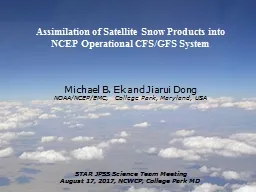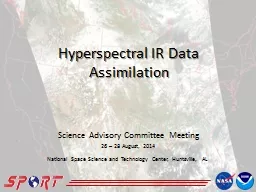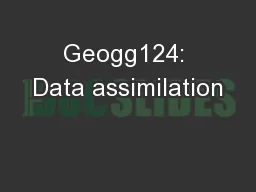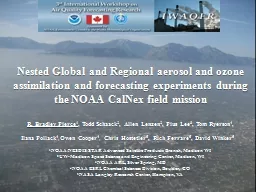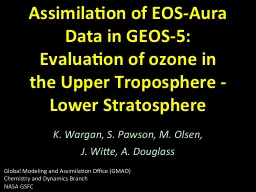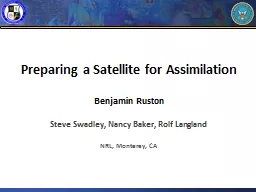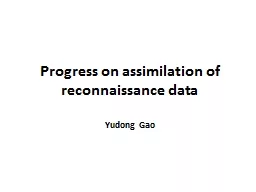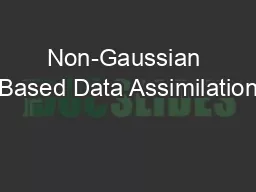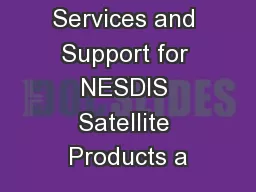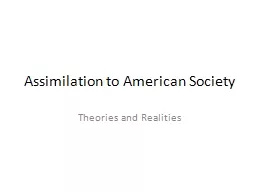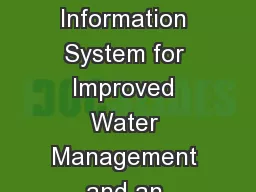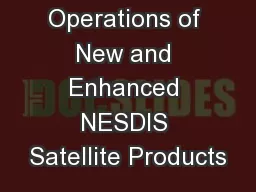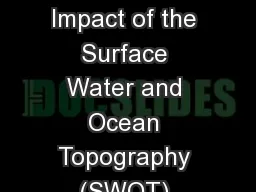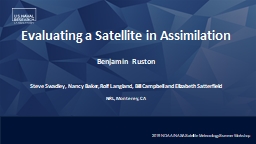PPT-1 Assimilation of Satellite Snow Products
Author : collectmcdonalds | Published Date : 2020-08-28
into NCEP Operational CFSGFS System Michael B Ek and Jiarui Dong NOAANCEPEMC College Park Maryland USA STAR JPSS Science Team Meeting August 17 2017 NCWCP
Presentation Embed Code
Download Presentation
Download Presentation The PPT/PDF document "1 Assimilation of Satellite Snow Produ..." is the property of its rightful owner. Permission is granted to download and print the materials on this website for personal, non-commercial use only, and to display it on your personal computer provided you do not modify the materials and that you retain all copyright notices contained in the materials. By downloading content from our website, you accept the terms of this agreement.
1 Assimilation of Satellite Snow Products: Transcript
Download Rules Of Document
"1 Assimilation of Satellite Snow Products"The content belongs to its owner. You may download and print it for personal use, without modification, and keep all copyright notices. By downloading, you agree to these terms.
Related Documents

